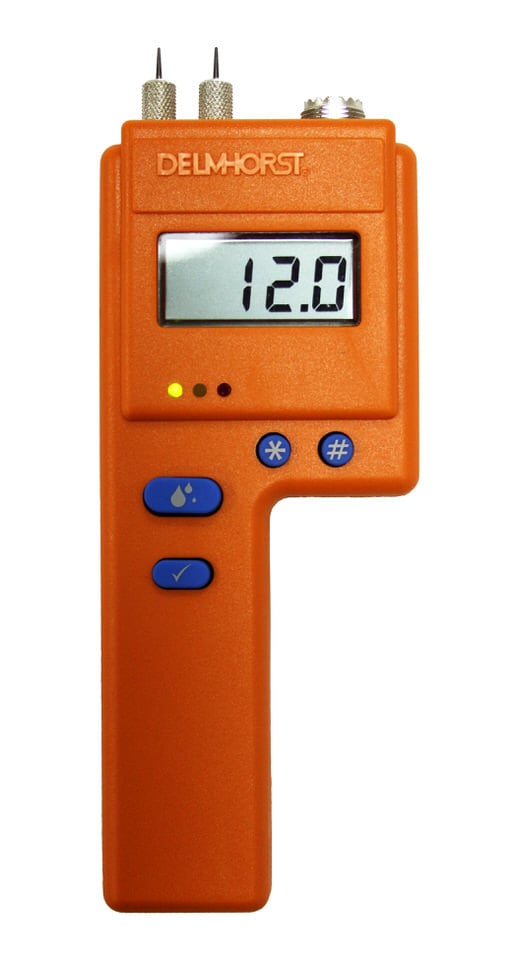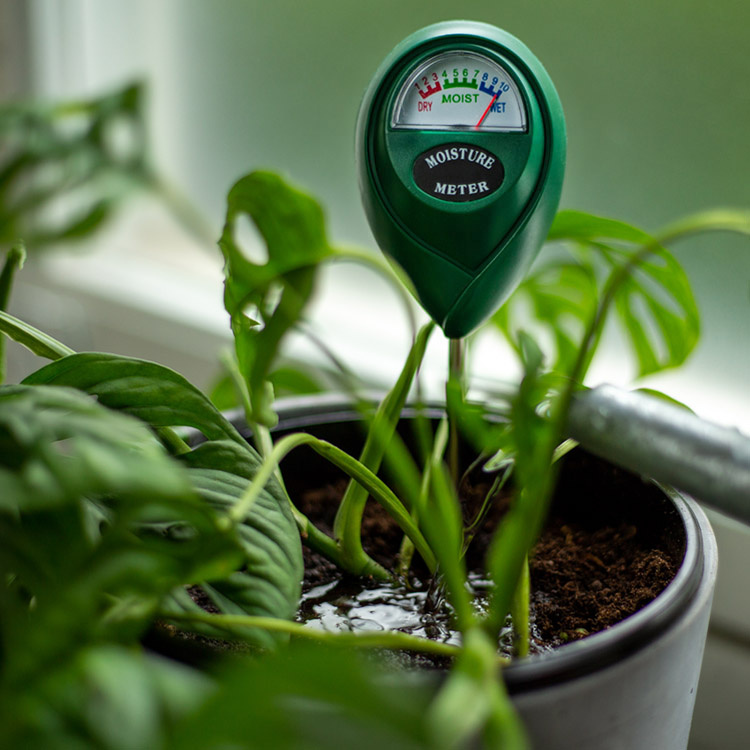Recognizing the Significance of a Moisture Meter in Avoiding Mold and Water Damage in Your Home
In the world of home upkeep, the visibility of dampness can frequently be a quiet yet powerful enemy, capable of creating pervasive mold and mildew growth and insidious water damage if left untreated. Recognizing the importance of a dampness meter in this fight is not simply an option yet a strategic necessity.
Relevance of Moisture Detection
Efficient moisture discovery methods are critical for guarding properties and stopping potential mold development and water damages. Wetness can seep into numerous building materials, causing structural concerns and carcinogen. By using a wetness meter, homeowner can proactively determine locations susceptible to excess moisture, permitting timely intervention and reduction methods.
Moisture meters provide precise readings of wetness levels in different materials such as wood, concrete, and drywall. This data helps in identifying locations of issue, also in hidden or hard-to-reach locations. Early discovery of dampness accumulation makes it possible for timely fixings or modifications to stop further damages.

Exactly How Moisture Meters Work
Moisture meters play a pivotal duty in the positive identification of excess wetness, helping in the prevention of possible mold growth and water damage by providing exact readings of wetness levels in various structure products. These devices function based upon different concepts, relying on their type. Moisture Meter. Pin-type dampness meters, for example, have 2 pins that permeate the product to determine the electric resistance in between them. When wetness is present, it boosts the product's conductivity, bring about a lower resistance reading. Pinless wetness meters, on the various other hand, use electromagnetic sensors to check the product without triggering damages. These sensing units release electro-magnetic signals that penetrate the material and determine the dielectric properties, suggesting dampness web content. Some advanced moisture meters pin both integrate and pinless innovations for thorough wetness detection. Recognizing how moisture meters feature is vital for precise and prompt wetness level analyses, allowing effective preventative measures against mold and water damages.
Detecting Early Indication
Upon preliminary evaluation of a property, recognizing subtle indicators of excess wetness comes to be crucial in the early discovery of prospective mold and mildew growth and water damage. Water stains can indicate leakages or seepage, while peeling paint or wallpaper may be an outcome of wetness endangering the adhesion of these products to the surface area. Furthermore, a rise in allergy signs or breathing problems among owners might suggest the presence of mold due to excess wetness.
Protecting Against Mold And Mildew Growth
Identifying early caution indications of excess dampness within a residential or commercial property not just enables timely detection of prospective mold and mildew growth and water damages however also works as a positive step in stopping the spreading of mold and mildew. To effectively prevent mold growth, it is crucial to resolve any kind of resources of wetness without delay. This can consist of taking care of leaks in pipelines, home windows, or roofs, ensuring correct air flow in wet locations like kitchens and bathrooms, and making use of dehumidifiers in high-humidity rooms. On a regular basis evaluating and maintaining the residential or commercial property's plumbing, roof, and rain gutters can additionally assist in avoiding water invasion that can bring about mold and mildew growth.
Monitoring wetness levels in locations susceptible to moisture, such as cellars and crawl spaces, making use of a moisture meter can also aid in early detection of look at these guys elevated moisture degrees and potential mold growth - Moisture Meter. By taking positive steps to stop excess dampness and mold growth, house owners can guard their home and interior air quality.
Advantages of Normal Monitoring
Regular surveillance of moisture levels in a building can hop over to here play a vital role in maintaining a healthy indoor atmosphere and preventing prospective mold and mildew and water damages. By routinely inspecting dampness degrees, homeowners can detect any kind of concerns promptly and take required activities to prevent mold growth and water damage.
In addition, regular monitoring allows property owners to track patterns and patterns in wetness degrees gradually. By establishing a standard and monitoring changes, individuals can determine any kind of areas of issue or potential vulnerabilities in the building's structure. This data-driven approach allows targeted interventions and upkeep efforts to address underlying concerns prior to they rise into more significant troubles. Inevitably, the constant surveillance of dampness levels empowers homeowners to protect their residential property, protect their health, and preserve the stability of their interior atmosphere.

Verdict

By using a wetness meter, residential or commercial property owners can proactively determine locations prone to excess moisture, allowing for timely intervention and mitigation approaches.

Monitoring wetness levels in areas susceptible to wetness, such as cellars and creep rooms, making use of a dampness meter can additionally assist in early detection of elevated dampness degrees and prospective mold development. (Moisture Meter)